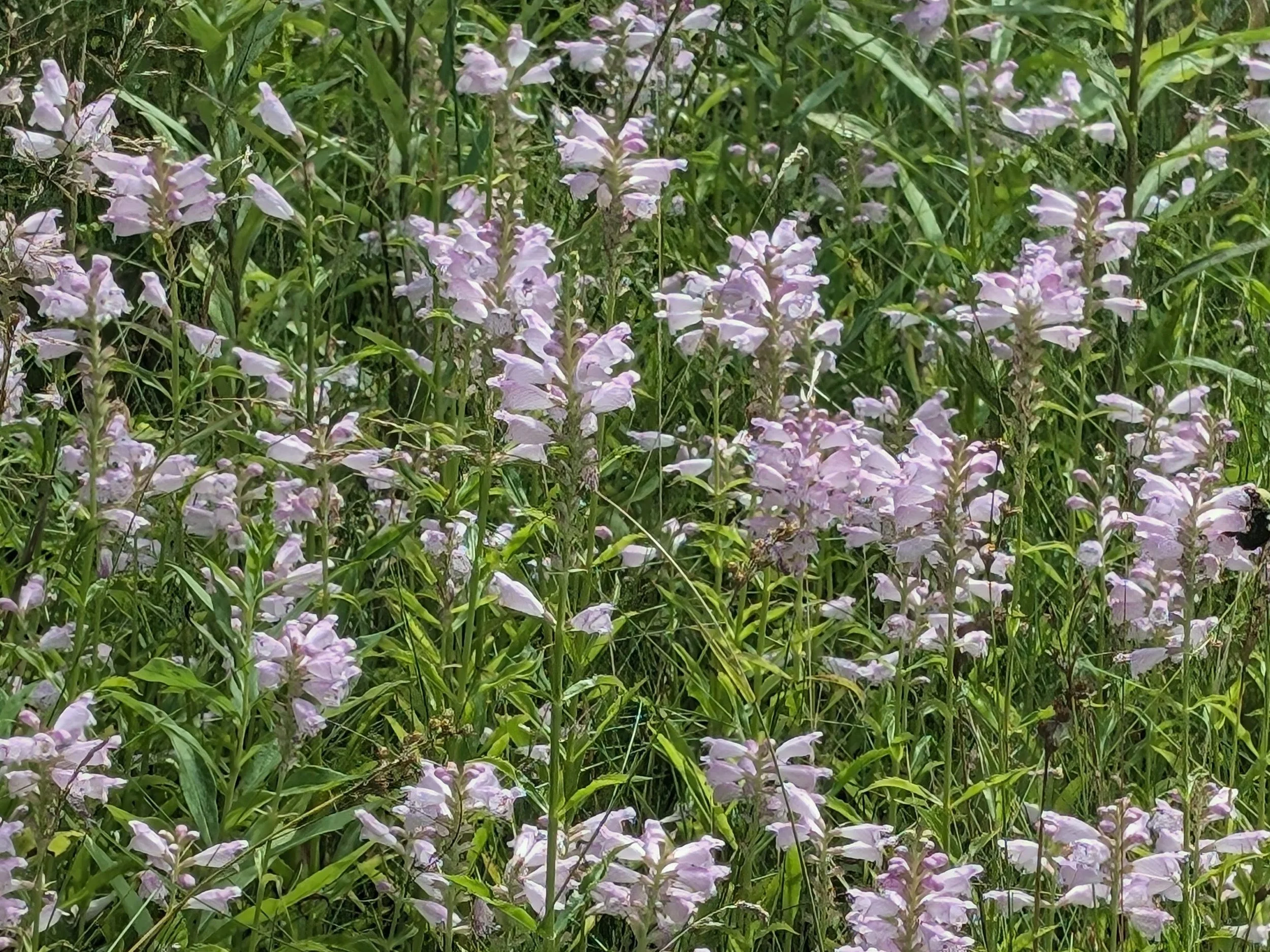Bloom: late summer to early fall
Habitats: limestone glades; moist meadows along rivers and borders of lakes; moist to mesic black soil prairies; openings in woodland areas and along woodland borders; open moist areas near railroads; seeps; thickets
Lifespan: perennial
Moisture: moist to average
Plant type (height): forb (up to 4 feet)
Requirements: full sun to partial sun
Soil: rich loamy soil (can contain some clay or gravel)
